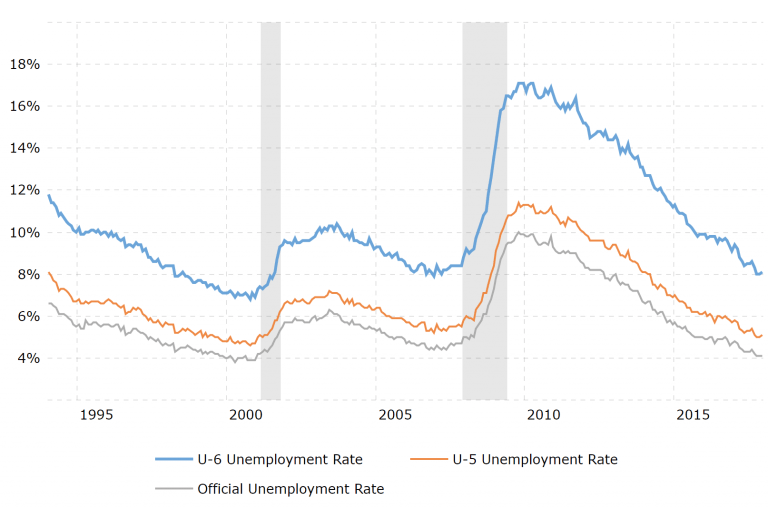Eliminate Unnecessary Customer Calls
Are your call center costs way too high? Are your customers’ experiences way too low? Poor customer care is not only pervasive and widely publicized, but seems to be getting worse. Witness the recent uproars about Dell Computer and AOL.
More and more I have seen clients that are frantic, though internally focused, saying, “Our budget for handling customer calls is out-of-control.” Others are saying, “we pay way too much to our outsourcing partners,” and some lament, “We have too many reps, they’re stressed, causing too much turnover, and I have no time to turn it around.”
But far worse are the companies where the customers are frantic and frustrated. After a bad service experience they leave, tell everyone they know, and broadcast their disillusionment over the Internet. Just Google ‘your company’ and ‘customer care calls problems.’ Hopefully you will not get 3 million hits like Dell Computer. Or will you?
In their recent book, “Lean Solutions: How Companies and Customers Can Create Value and Wealth Together,” Womack and Jones slam the call center industry as part of the ‘failure industry.’ They urge rethinking customer care with an emphasis on getting rid of unnecessary calls by delivering the product/service right in the first place. Likewise, Price and Jaffe, say it all in the title of their recent book “The Best Service is No Service” … something we have pointed out for years.
Do you know the extent to which your customer calls are unnecessary?
I suspect the unnecessary calls amount to far more than you realize. After analyzing numerous call centers and thousands of individual phone calls, I can safely say that many, if not most, calls are unnecessary. And in every industry, for instance:
Health Insurance/HMO – a large national payer was shocked to find out that half of all calls were non-value added, and should not have occurred at all. The provider’s (doctors and hospitals) data was not up-to-date or accurate, creating 11 percent of the phone calls. Another 20 percent of the phone calls could potentially be eliminated if there were a closer partnership and timely sharing of accurate information between the HMO and the provider groups. Plus, 19 percent of the phone calls would not have occurred had the HMO done a better job educating their members.
Telecommunications – a leading company found the majority of billing inquiries would not have occurred if the phone and related services were installed correctly in the first place.
Software – highlighting a few key instructions eliminated the bulk of the calls.
Financial Services – a rapidly growing bank identified the opportunity to free up 50 employees, save nearly $2 million, and greatly improve the customer experience.
Listen & Learn
By listening to relatively few customer calls, the main root cause of calls can be found, and solutions implemented. How? (1) By ignoring existing call center reports and listening to calls to determine their true root causes, and (2) then by trying a solution and measuring the results. So the key question to keep in mind is – what action, if taken up-front in the business process and/or customer experience, would have negated the need for the customer to call?
For instance, at the bank, after listening to just over a hundred calls, we saw how representatives at the bank’s call center categorized many calls as “Balance Inquiries.” But as we listened to the calls, nearly half the “Balance Inquiries” were due to the customer not understanding check clearing times.
Learn & Act
One could argue that in an environment with over 10,000 calls per day, that one hundred-or-so calls in a sample are insignificant. Many will suggest that more studies are needed to validate any initial findings. That is one approach – to obtain more samples, conduct more studies, perform more analysis, develop more PowerPoint presentations, and wallow in more discussion. The other approach is to try something and measure the results.
At the bank, a new procedure was enacted (first in a pilot study). A one-page bullet-point handout was provided with every new customer sign-up, along with a verbal walkthrough of key points. When these new customers clearly understood the check clearing process (2 days for in-state checks and 4 days for out-of-state checks), the calls to the bank (regarding check clearing) were cut by 80%. This solution alone led to the majority of the $2 million savings.
Listen à Learn à Act à Realize Results
Customers provide diamonds-in-the-rough with their words; which, when listened to leads to information, when analyzed leads to insight, and when acted upon leads to realizing win-win results – reduced costs and a better customer experience.
Figure 1 depicts the root causes for inbound phone calls to the customer service center at a leading HMO. This company was shocked to find out that 68 percent of all calls were non-value added, and should not have occurred at all. While eliminating all the non-value calls is impossible, we found that 1/2 of the problem claims and calls could be eliminated. So while 68 percent of calls were non-value added, it was assumed that only 32 percent would be eliminated.
In this example, 36 percent of phone calls are related to a lack of complete, accurate, and timely information updates from suppliers and customers. More specifically, the provider’s (doctors and hospitals) data was not up-to-date or accurate, creating 11 percent of the phone calls. Another 20 percent of the phone calls could potentially be eliminated if there were a closer partnership between the HMO and the provider group. For example, the doctor or the doctor’s administrator could have prevented the phone call had they provided their patient with better or timelier information. On the right side of the pie chart, 19 percent of the phone calls would not have occurred had the HMO done a better job educating their members.
For this HMO, the potential for improvement was enormous. As it turned out, the root cause for phone calls was the same as the root cause for problem claims. In other words, if a claim was submitted with errors, excessive work was required to straighten it out, and it was highly likely that one or more phone calls would occur because of that problem claim. Furthermore, a claim which took over 30 days to process would likely generate a duplicate claim to be filed, plus related phone calls.
Great gains result when root causes are attacked
Ultimately, this HMO found that they could serve 50 percent more members with the same claims & calls staff level by doing a better job up front in educating their doctors and their administrators. With the databases up-to-date and claims submitted properly, the claims and calls could be processed quickly and accurately. The result would be fewer claims (fewer duplicates), fewer suspended or problem claims, and fewer phone calls. Interestingly, “time per call” will rise as the simple calls are eliminated.
Kelvin Cross is the president of Cross-Rhodes Associates, LLC. (formally Corporate Renaissance, Inc.) – a 15-year-old consulting firm that helps companies rethink and optimize how work gets done. He developed theRootCallsSM Solutions service as a cost-effective means to uncover and eliminate unnecessary customer contacts. Kelvin is the author of four books, including the recent “Quick Hits: 10 Key Surgical Strike Actions for Improving Business Process Performance.”
Contact him at kelvin@cross-rhodes.com.








